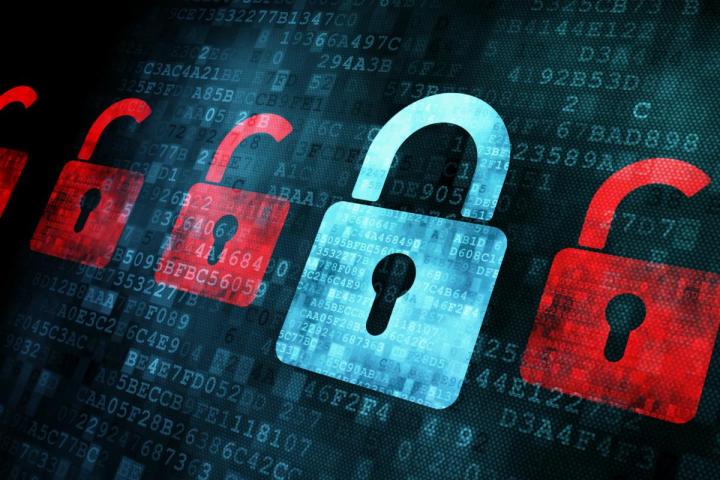
Bastille Networks, which is based in Atlanta, is aiming to plug the hole it sees in the current security landscape: the connected devices using Bluetooth, ZigBee, Wi-Fi, cellular networks and other channels brought within corporate buildings, particularly in sensitive areas like data centers and executive offices.
The company’s software and sensor technology can the measure radio-frequency signature for all devices in an office. If unusual activity is detected, Bastille Networks would alert the office’s IT staff. Potentially compromised devices can be located within three meters.
“Bastille safely and privately scans a corporation’s air space, giving security personnel visibility into every RF-emitting device on a premise,” according to the company’s website. “As a result, companies can accurately quantify risk and mitigate threats.”
In January, Bastille Networks received $1 million in an extended angel round of investment, which followed the $1.5 million it raised in September. The company planned to use these funds to invest in its engineering and pilot programs.
Bastille Networks has tested its technology with companies, including financial institutions, since December. It plans to officially launch its product at the RSA Conference in San Francisco in April, with hopes to make its technology available to companies beyond its pilots in late 2015.

